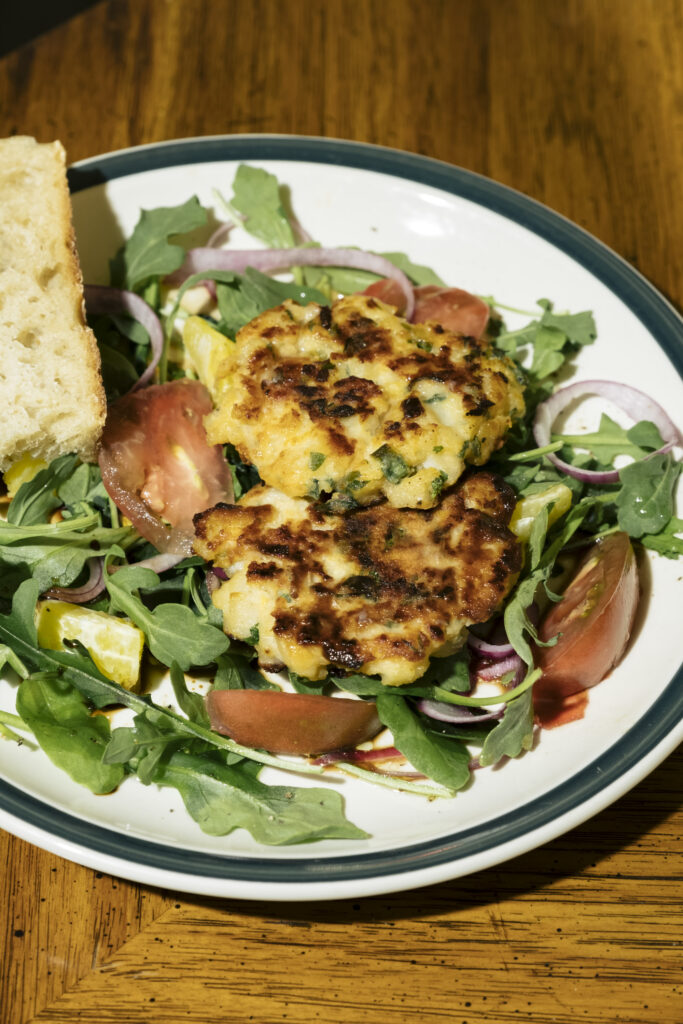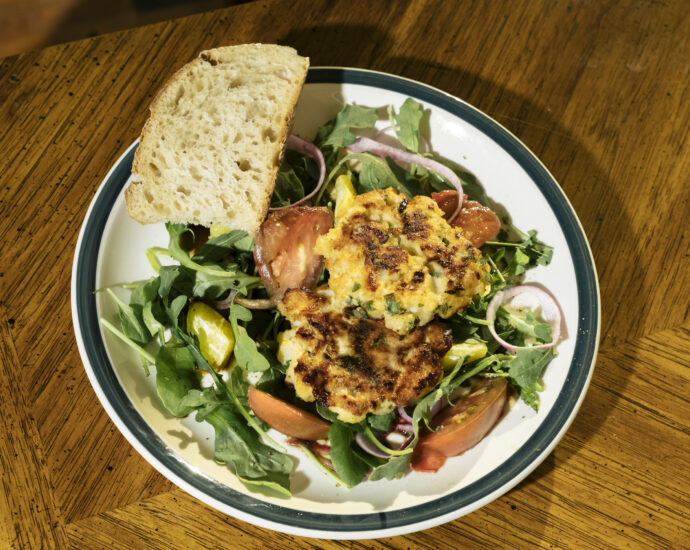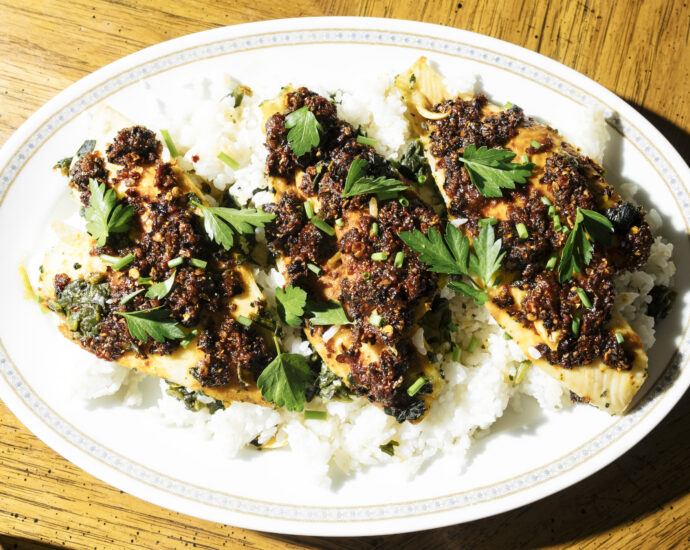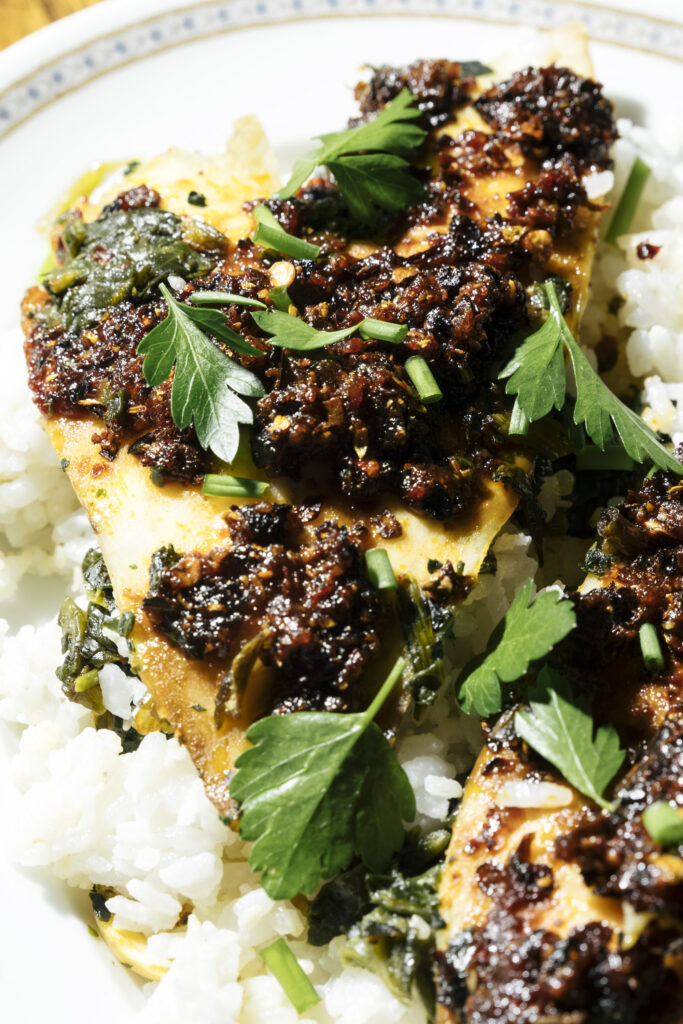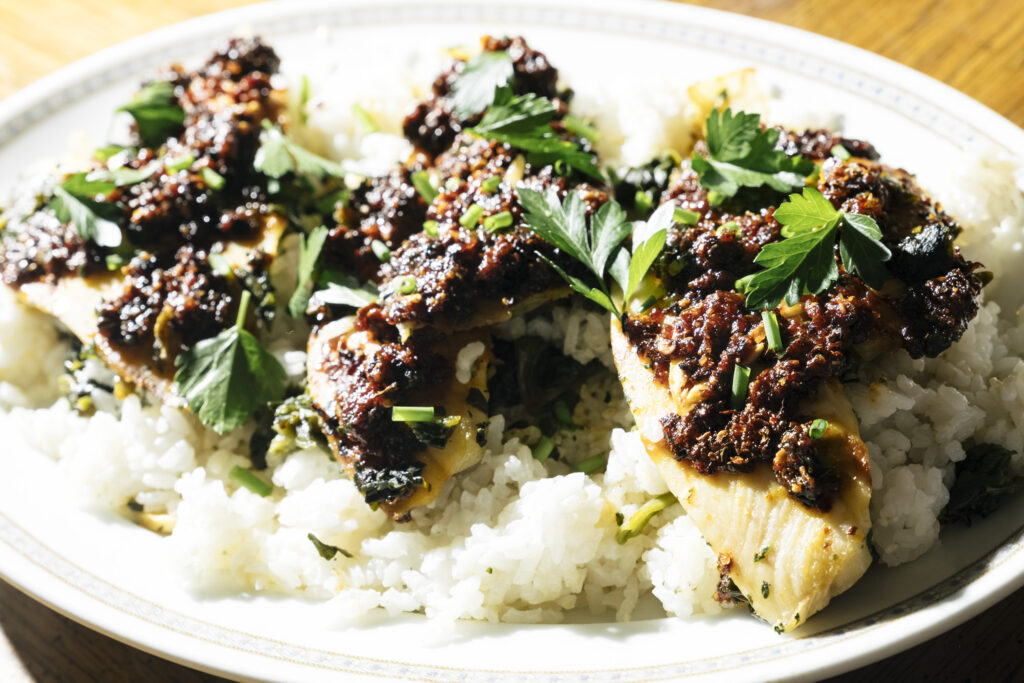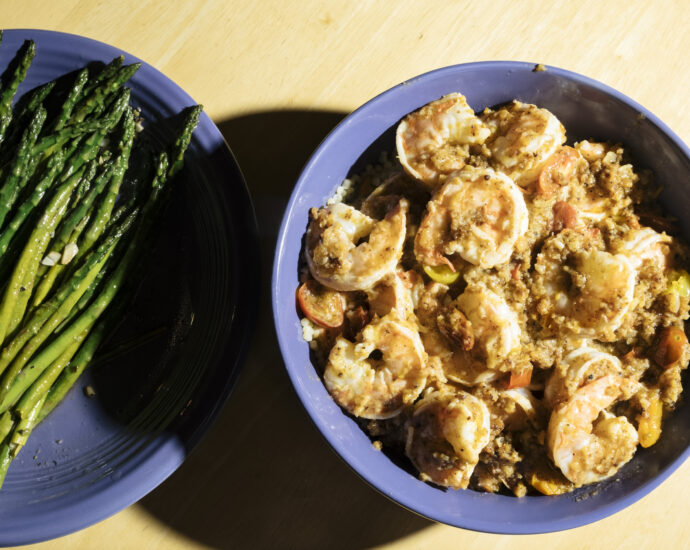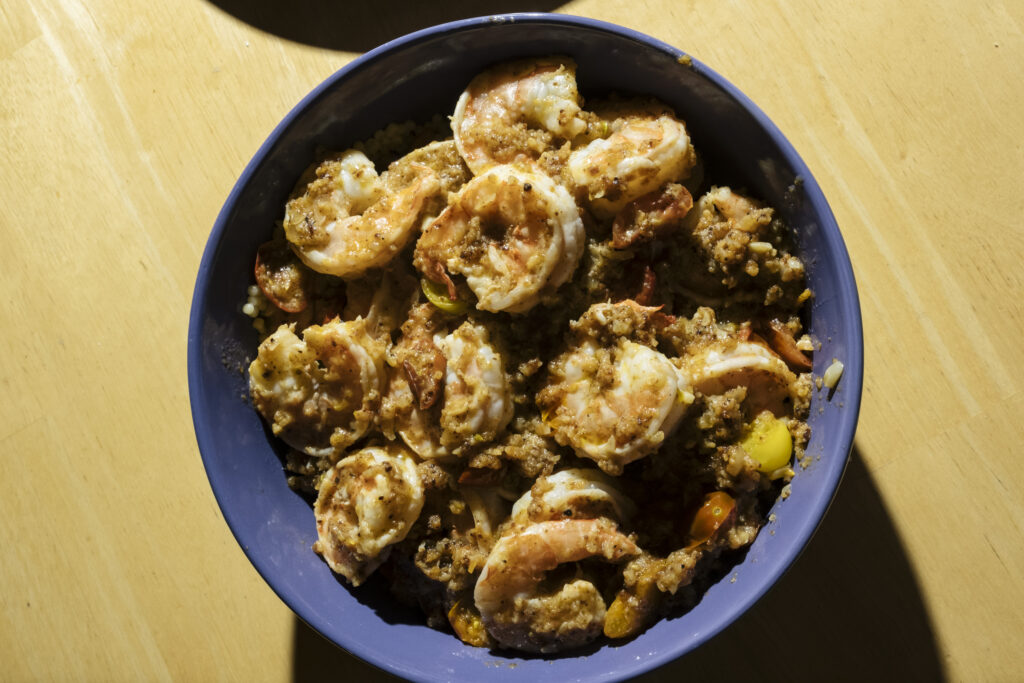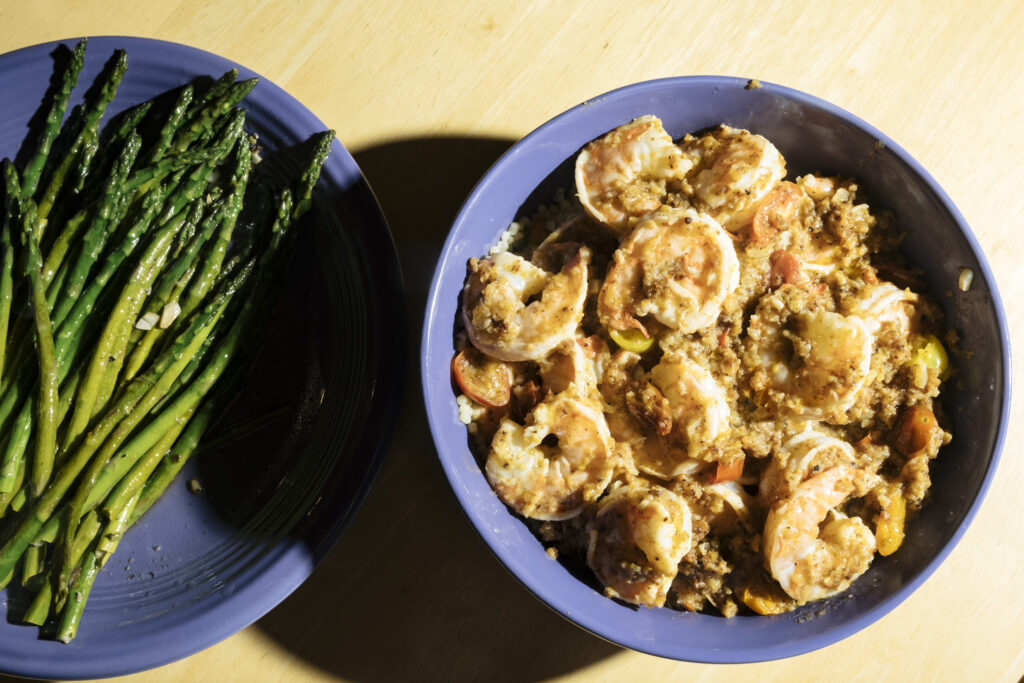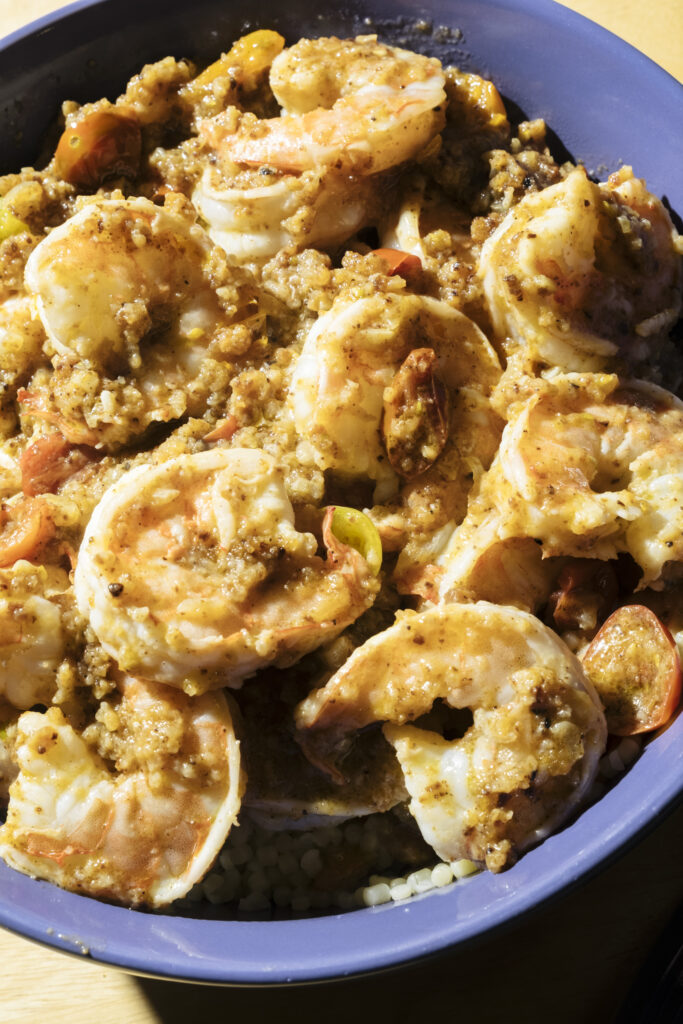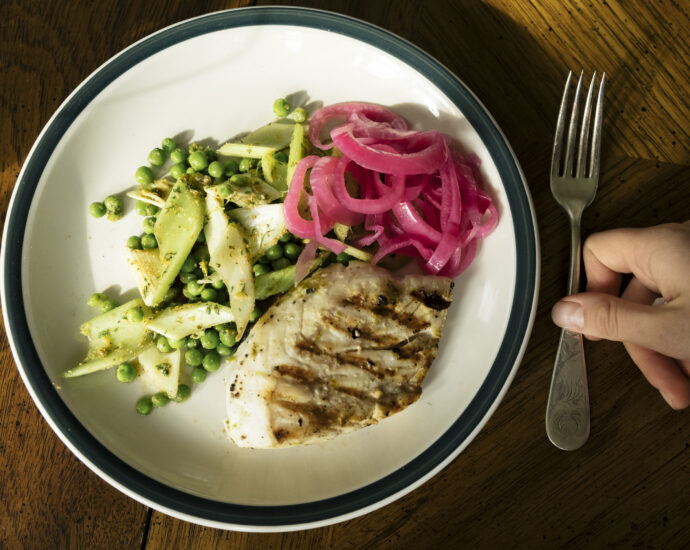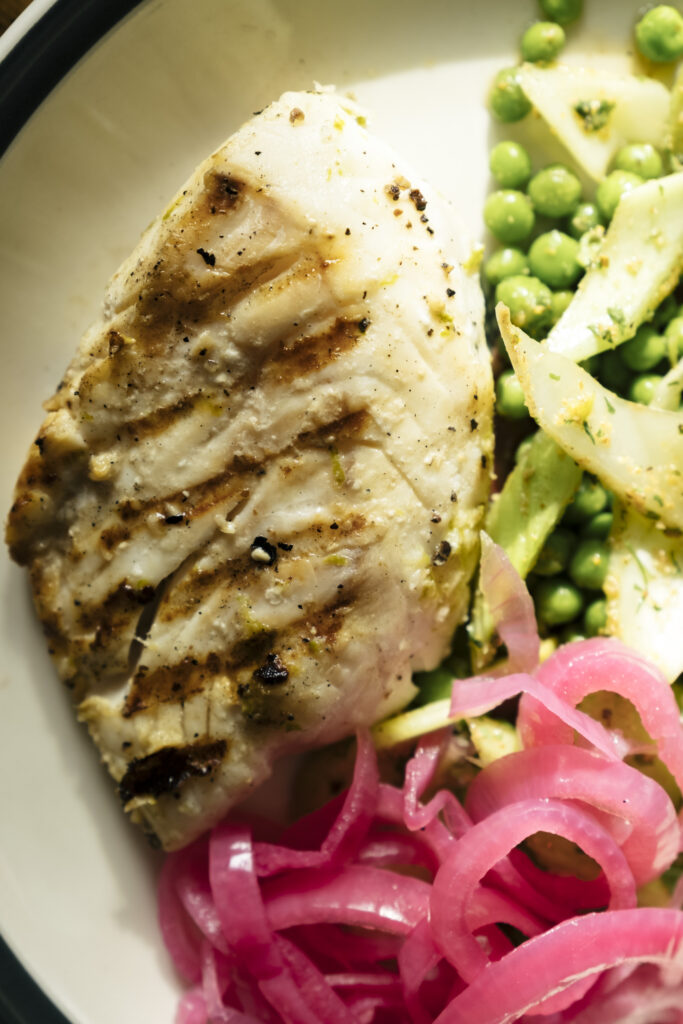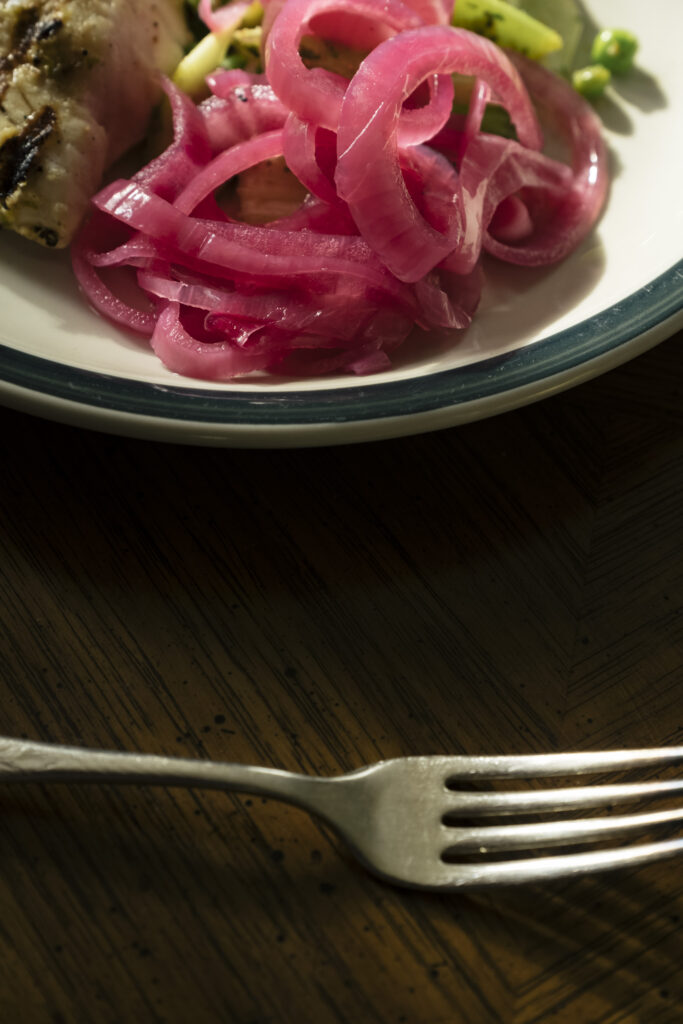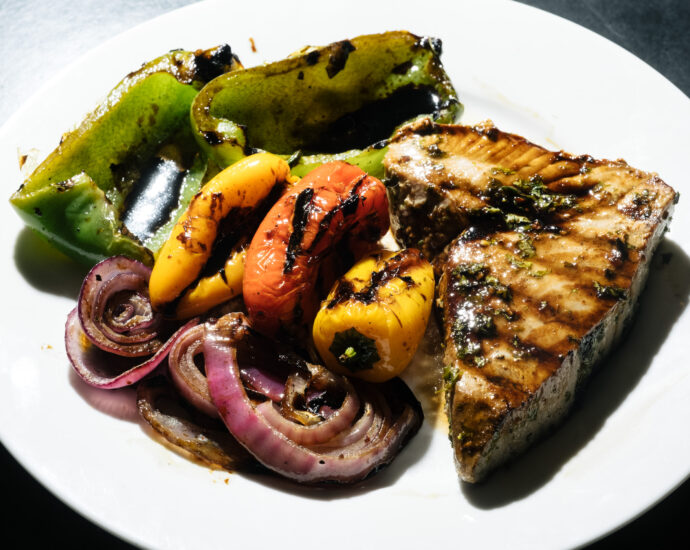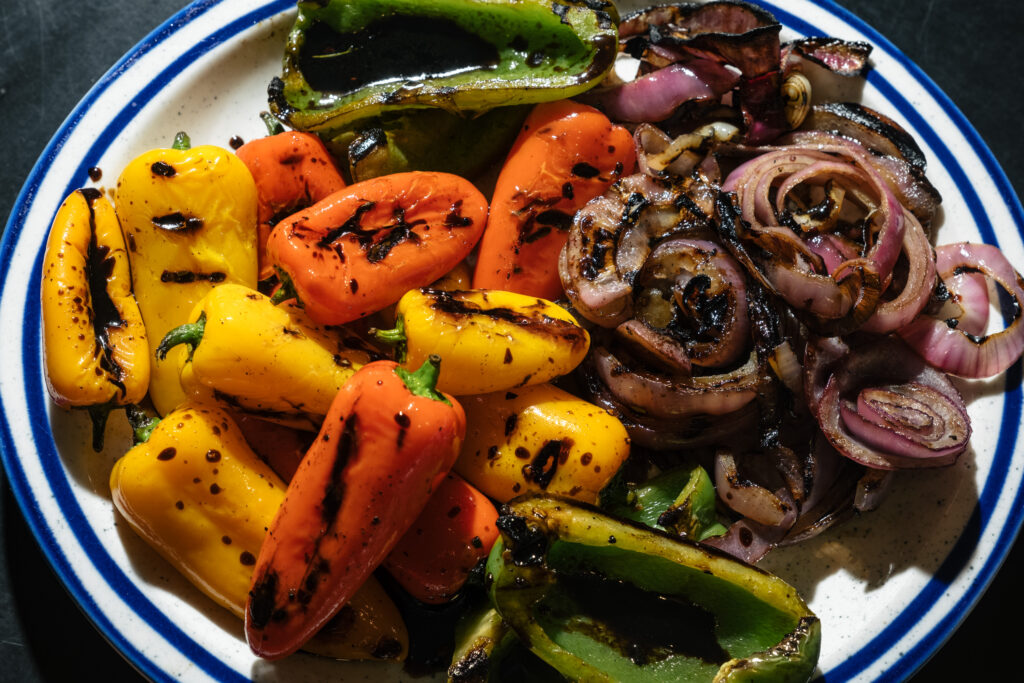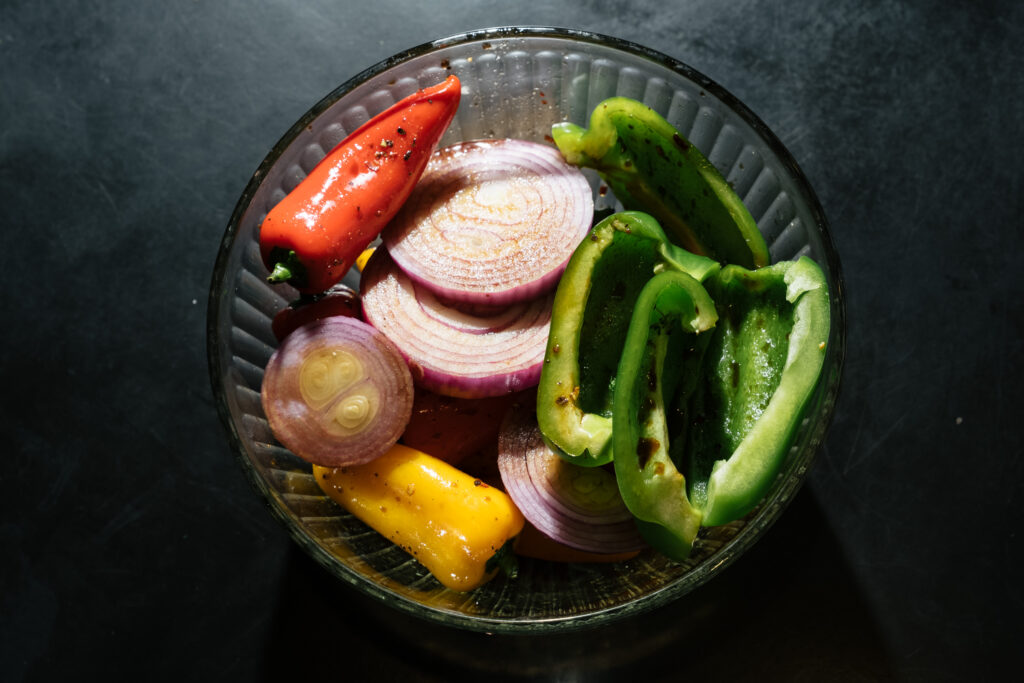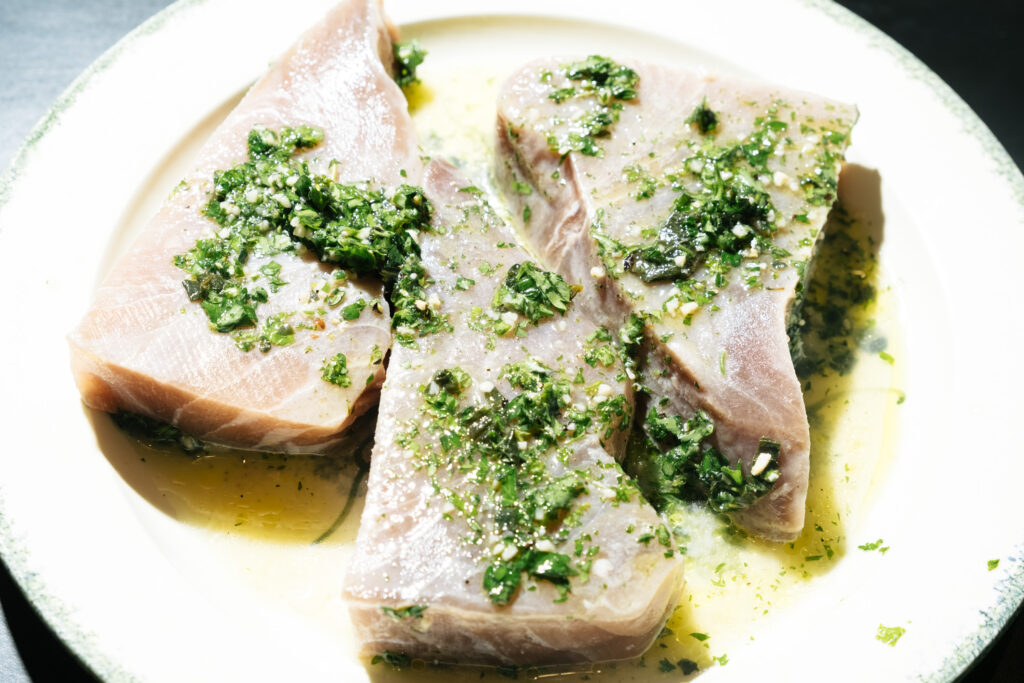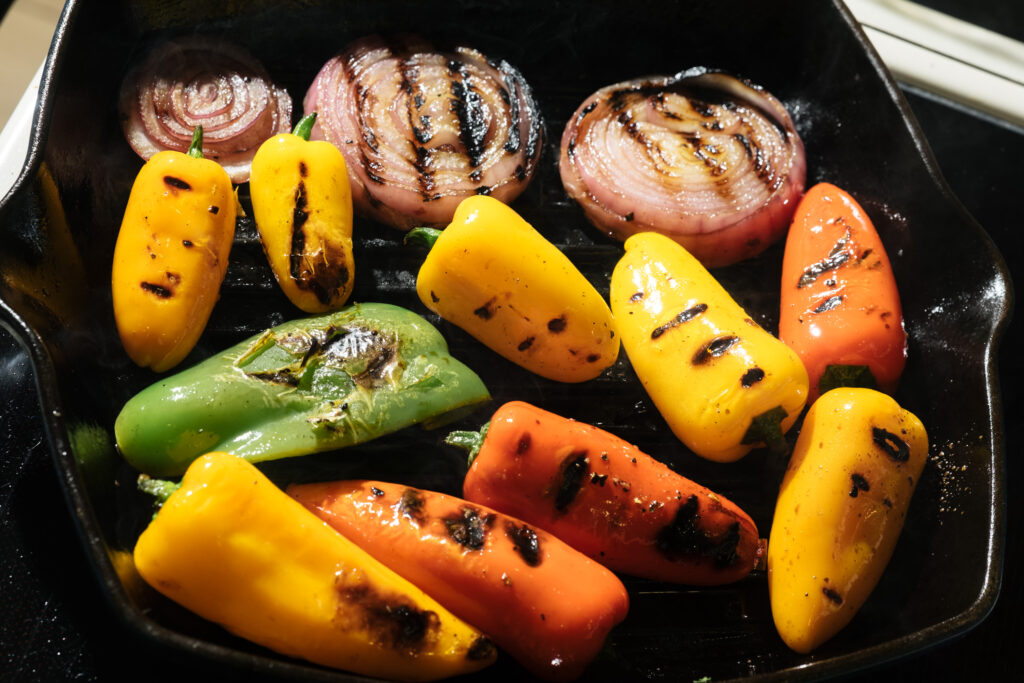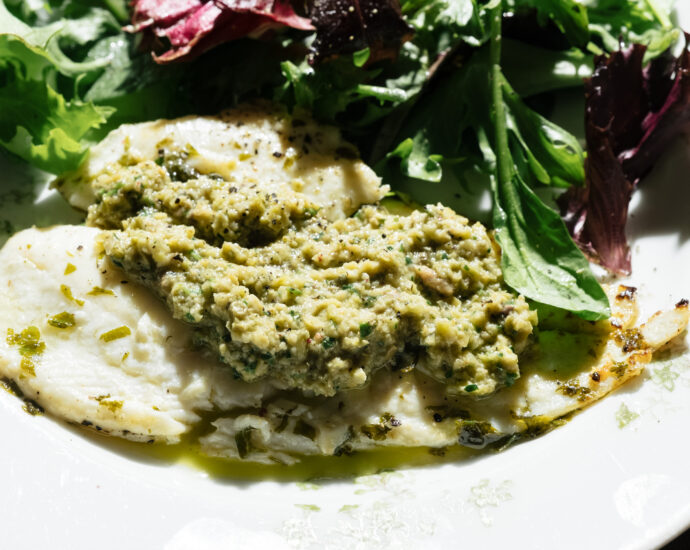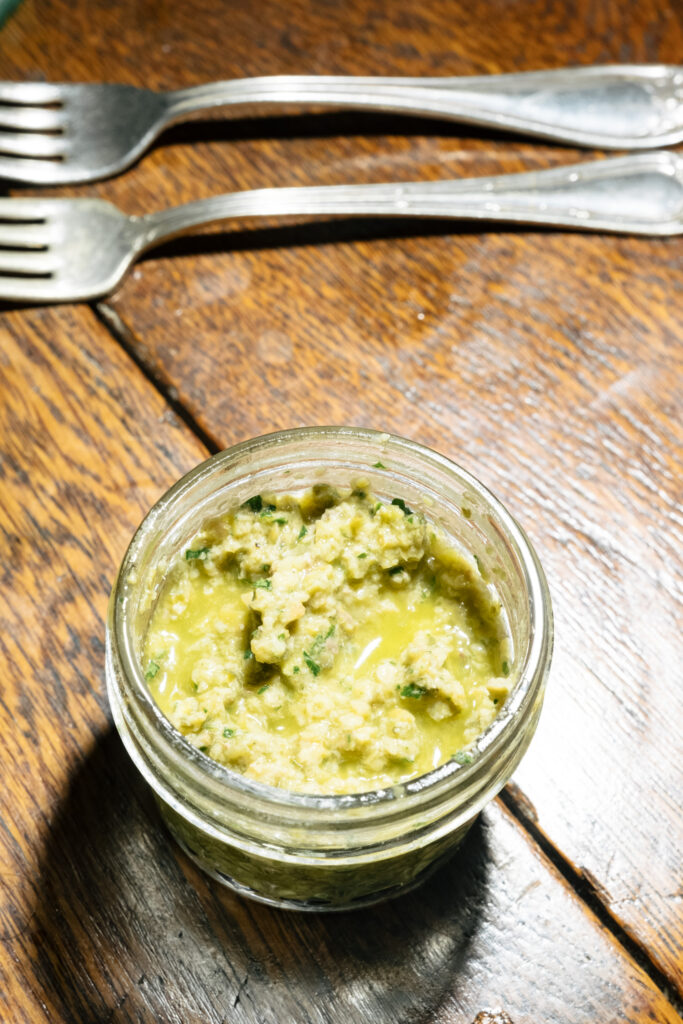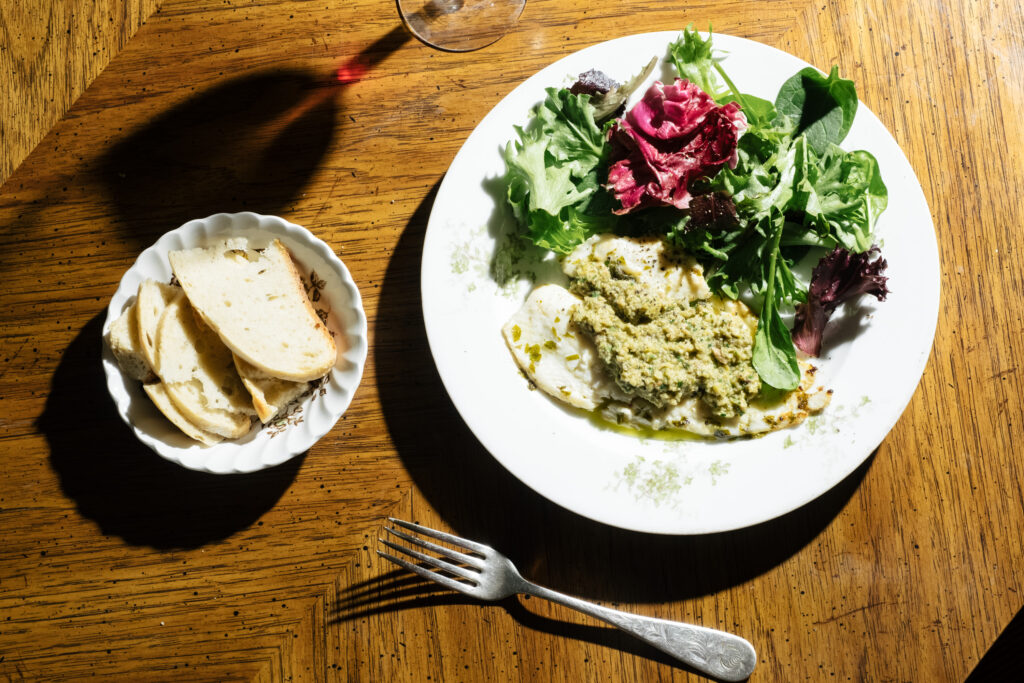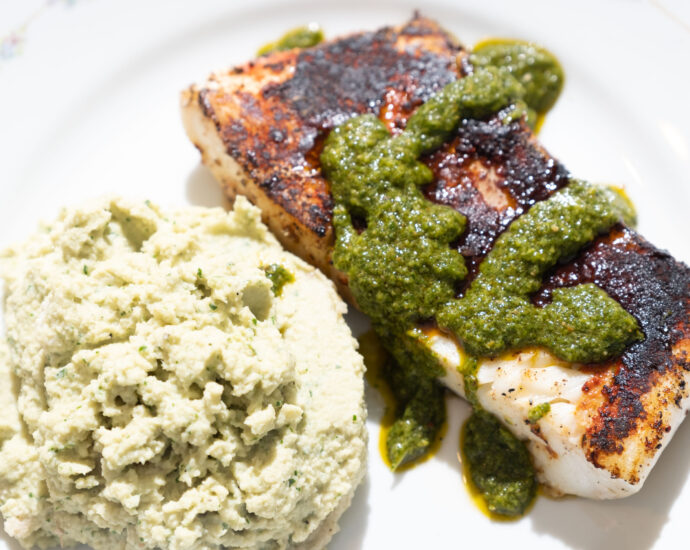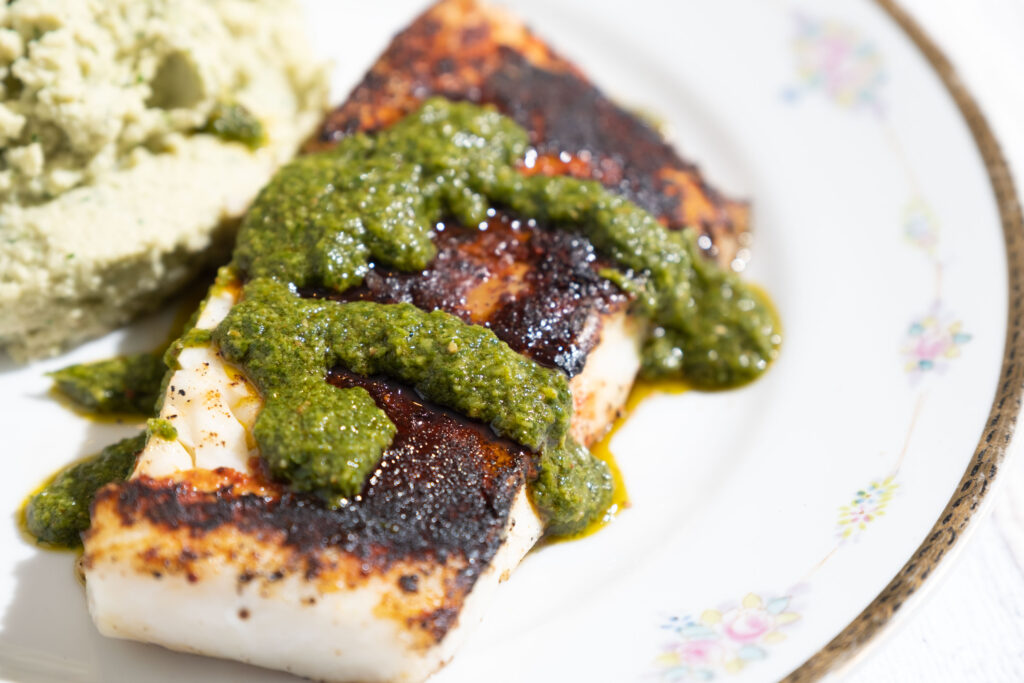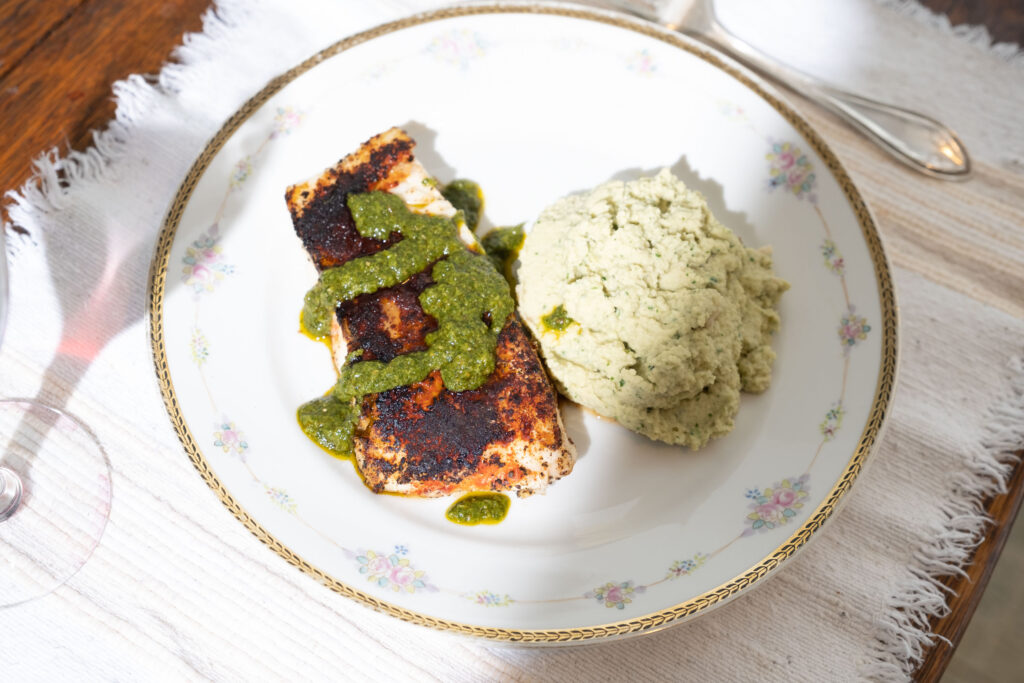scallop cakes
As a child, I never appreciated that my parents would often serve us scallops for dinner. I remember the distinct taste that I couldn’t quite put my finger on but knew was unique and unfamiliar. I certainly loved all other seafood and shellfish, including crab cakes which were one of my favorites, but scallops remained an uncertain food in my diet. Years later, I now obviously love scallops and will eat them whenever the opportunity arises. I typically like to sauté scallops in lemon and butter, but these scallop cakes are a delicious way to mix up a regular scallop routine.
Fresh herbs and lemon zest merge with smoked paprika for a light spice which amplifies the scallops’ unique flavor in these scallop cakes. The rice flour binds the mixture and makes the scallop cakes gluten-free. Turn these scallop cakes into a sandwich with some homemade aioli or set them over a bed of salad for a light meal. The key with the preparation is to cook the scallop cakes enough on the first side before flipping them over to finish off cooking the other side for a golden exterior.
serves 4
ingredients
for the scallop cakes
- 1 pound scallops, tails removed, chopped
- 1 garlic clove, grated
- 1 teaspoon lemon zest
- 1 teaspoons salt
- 1 teaspoon freshly cracked black pepper
- ¼ teaspoon smoked paprika
- 2 tablespoons scallions, sliced
- 1 tablespoon chives, sliced
- 2 tablespoons parsley, chopped
- 1 teaspoon cilantro, chopped
- ¼ cup rice flour
- 1 egg, beaten
- 2 tablespoons olive oil
Combine the scallops, garlic, lemon zest, salt, pepper, smoked paprika, scallions, chives, parsley, and cilantro in a large bowl and mix thoroughly. Sprinkle the rice flour over the top and mix to combine. Add in the egg and mix.
Heat 1 tablespoon of the olive oil over medium heat. Spoon ⅓ to ½ cup scoops of the scallop batter into the pan. Cook for 12-14 minutes on one side then flip and cook for another 10-12 minutes on the other side.
